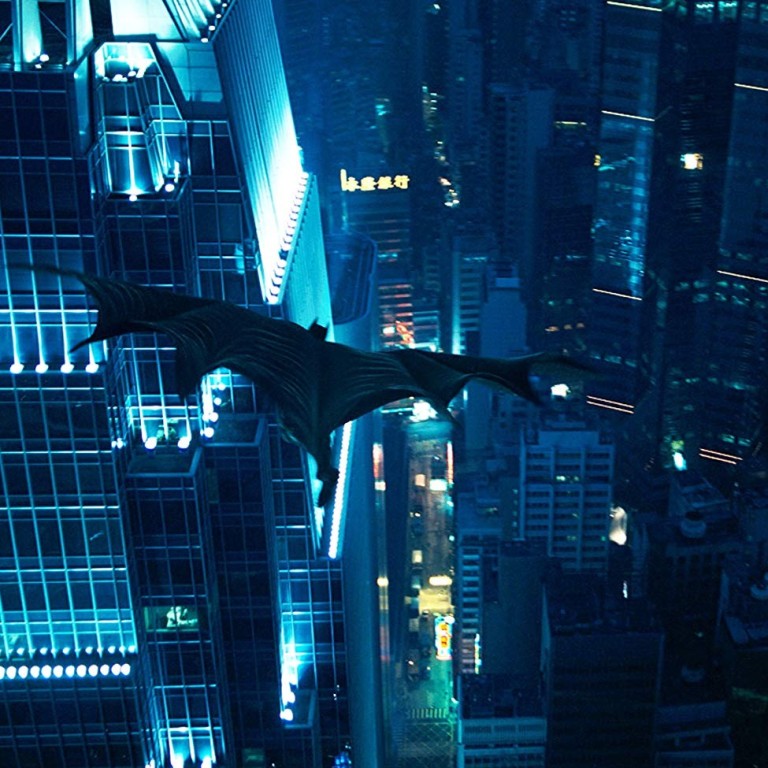
From Suzie Wong to Batman – how Hollywood studios have used Hong Kong’s distinctive cityscape to bring a splash of colour to the silver screen
- ‘Asia’s world city’ has long proven popular with Western filmmakers, beguiled by its narrow alleys, wet markets and towering high-rises
- Many of the city’s best-loved landmarks have been appropriated in films, sometimes for destructive purposes
Last year, Hong Kong appeared twice on international cinema screens: in Skyscraper starring Dwayne “The Rock” Johnson, and Geostorm, which starred Hong Kong’s own Daniel Wu Yan-zu and the filming of which caused five blocks in Mong Kok to be shut down.
The rise of Hong Kong’s film industry in the mid-to-late 20th century put the city on the cinematic map and, since then, Hollywood studios have used Hong Kong as an exotic and often eye-catching backdrop for their movies.
Stereotyped as a place where East meets West, it is no surprise that “Asia’s world city” is so popular with Hollywood. From classics to modern-day blockbusters, this week City Weekend explores the trend that has made the city’s skyline, its wet markets and narrow alleys recognisable to many.

THE CLASSICS
Love Is a Many-Splendored Thing (1955)
Starring William Holden, fresh from winning the best actor Oscar for Stalag 17, this tear-jerking romantic drama was one of the most famous to use Hong Kong as its setting. Based on Han Suyin’s 1952 novel, A Many-Splendored Thing, the Twentieth Century Fox production was set in 1949, at the start of the Korean war.
The story follows the interracial love affair between Mark Elliott, an American journalist played by Holden, and Han, a Eurasian doctor played by Jennifer Jones. The film explores the racial prejudice faced by the couple, from society at large and also Han’s own family – painting not only the city of the 50s in vivid technicolour, but also the cultural tensions of the time.
From panoramas of Repulse Bay to the opulence of the Tai Pak Floating Restaurant, to the narrow, winding streets of the city, Hong Kong shimmers on the screen, as audiences bask in Elliott and Han’s new-found love.
According to The New York Times, “The most fascinating thing about their romance is that it occurs against the colourful backdrop of Hong Kong”. Not a ringing endorsement for the narrative, but we’ll take it a compliment extended towards our city.
The World of Suzie Wong (1960)
Adapted from Richard Mason’s 1957 bestselling romantic novel of the same title, the film broached the delicate subjects of sex, prostitution and interracial love on the big screen and made the sultry Suzie Wong a Hong Kong icon.
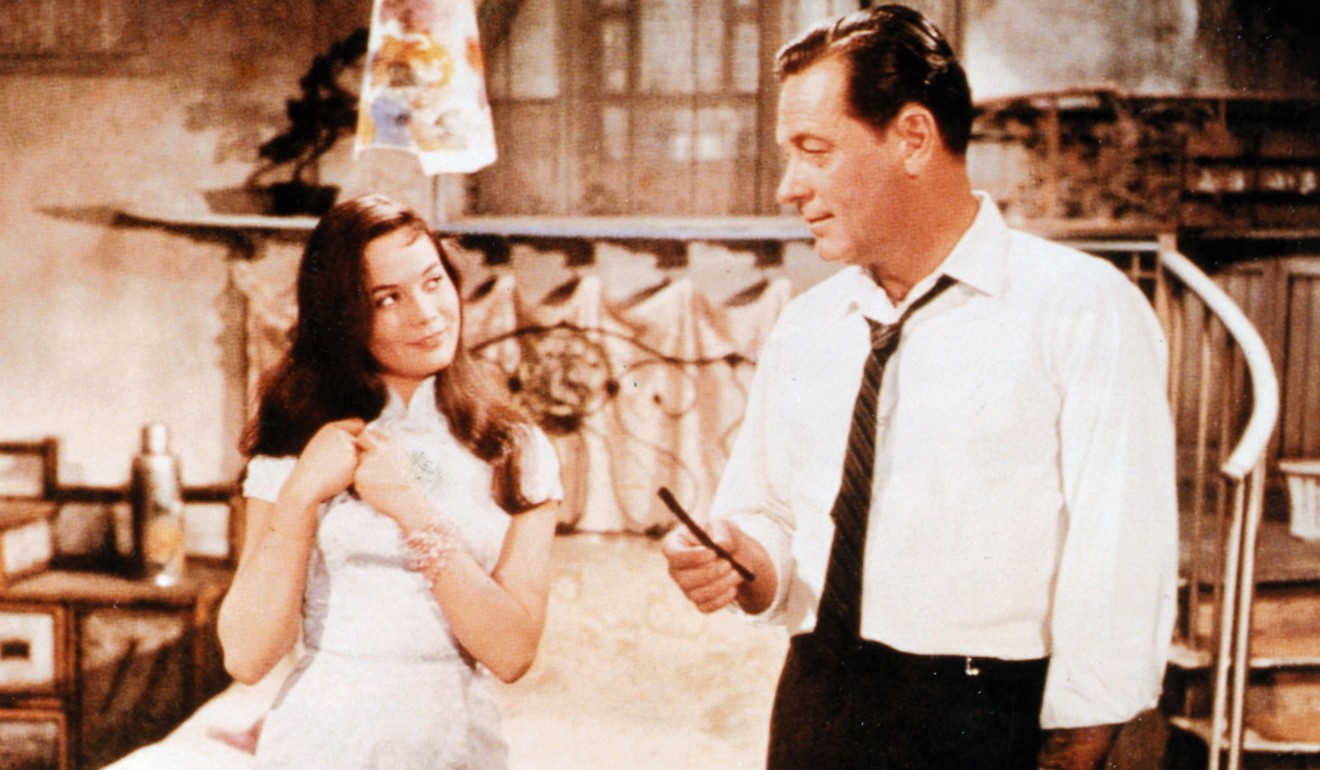
William Holden once again stars, this time as the budding artist Robert Lomax, who comes to the city and falls in love with a local Chinese prostitute. This time, Hong Kong actress Nancy Kwan has a hold on his heart as the irresistible Suzie.
Geoffrey Unsworth’s cinematography is the undeniable highlight of this movie, forever capturing the Hong Kong of a bygone era on the screen. The Star Ferry, Aberdeen Harbour and Ferry Street in Yau Ma Tei are just some of the Hong Kong locations that feature in the film.
In the Mood for Love (2000)
While this art house smash came out much more recently, it was set in the Hong Kong of the early 1960s – a city that doesn’t quite exist any more. Moreover, even though the film was local, produced and directed by Wong Kar-wai, the immense acclaim the movie received skyrocketed it – and the Hong Kong scenes it featured – to international fame.

The movie tells the story of next-door neighbours Chow Mo-wan, a journalist played by Tony Leung Chiu-wai, and Su Li-zhen, a shipping company secretary played by Maggie Cheung Man-yuk. After many chance encounters and a suspected affair between their spouses, they form a tight friendship, with hints of something more.
The film won plaudits worldwide and numerous awards both local and internationally, including Best Actor for Leung at the 2000 Cannes Film Festival, the first Hong Kong actor to win it.
In 2016, a BBC list compiled by 177 film critics from around the world ranked In the Mood for Love as the second-best film of the 21st century.
TWENTY-FIRST CENTURY BLOCKBUSTERS
While the quiet romance of Already Tomorrow in Hong Kong (2015) captured the more tranquil side of the modern city, the Hong Kong normally seen in films is one of cacophony, colour and sleekly glamorous steel and glass.
This is a Hong Kong of two sides – on one hand the city is depicted as a labyrinthine network of dingy alleyways and street markets, and on the other, as a landscape of soaring skyscrapers and fabulous wealth.
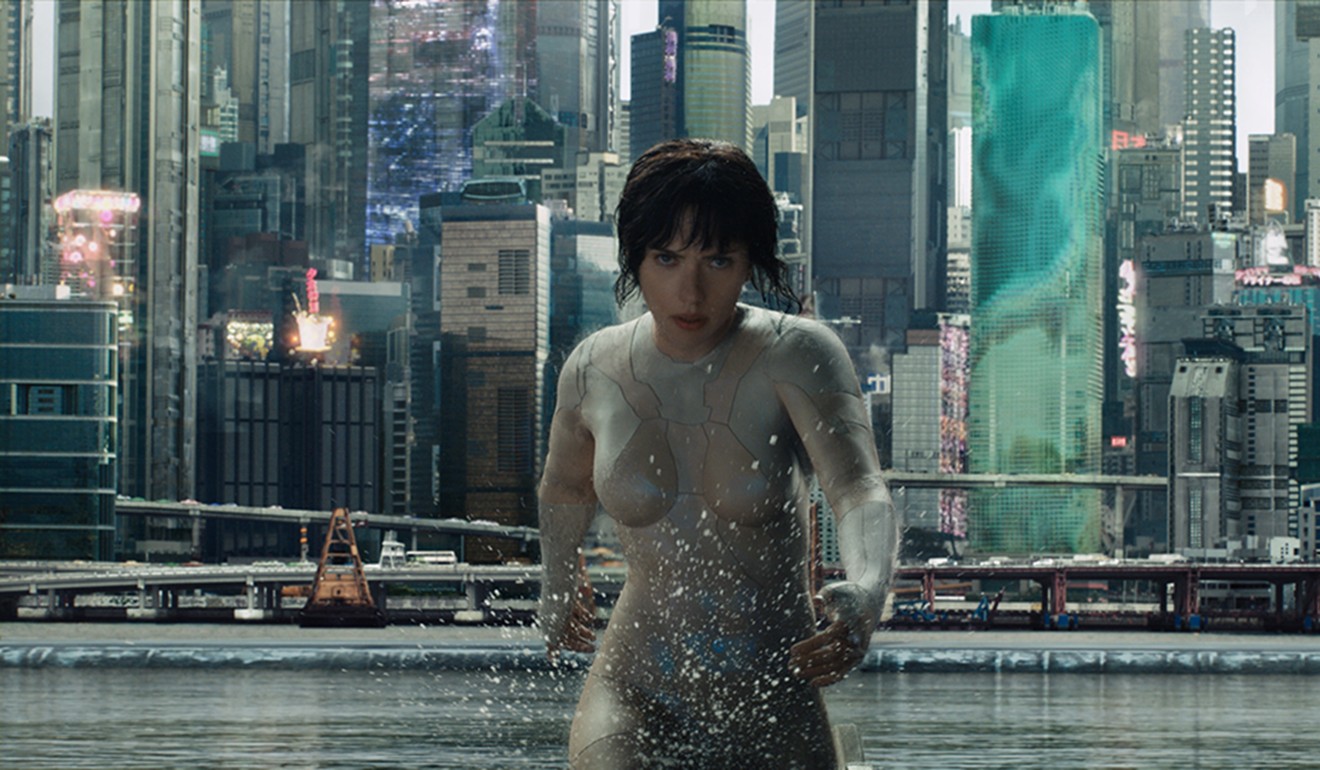
Below are a handful of the Hollywood blockbusters that have put Hong Kong on the big screen. Other recent films include Marvel’s Doctor Strange (2016), which used Mong Kok and Sham Shui Po for its final fight scene, the futuristic science-fiction world of Ghost in the Shell (2017), and action film Skyscraper (2018).
The Dark Knight (2008)
In one of the highest-grossing superhero movies of all time, the second of Christopher Nolan’s hit Batman trilogy brought Hong Kong to cinema screens worldwide.
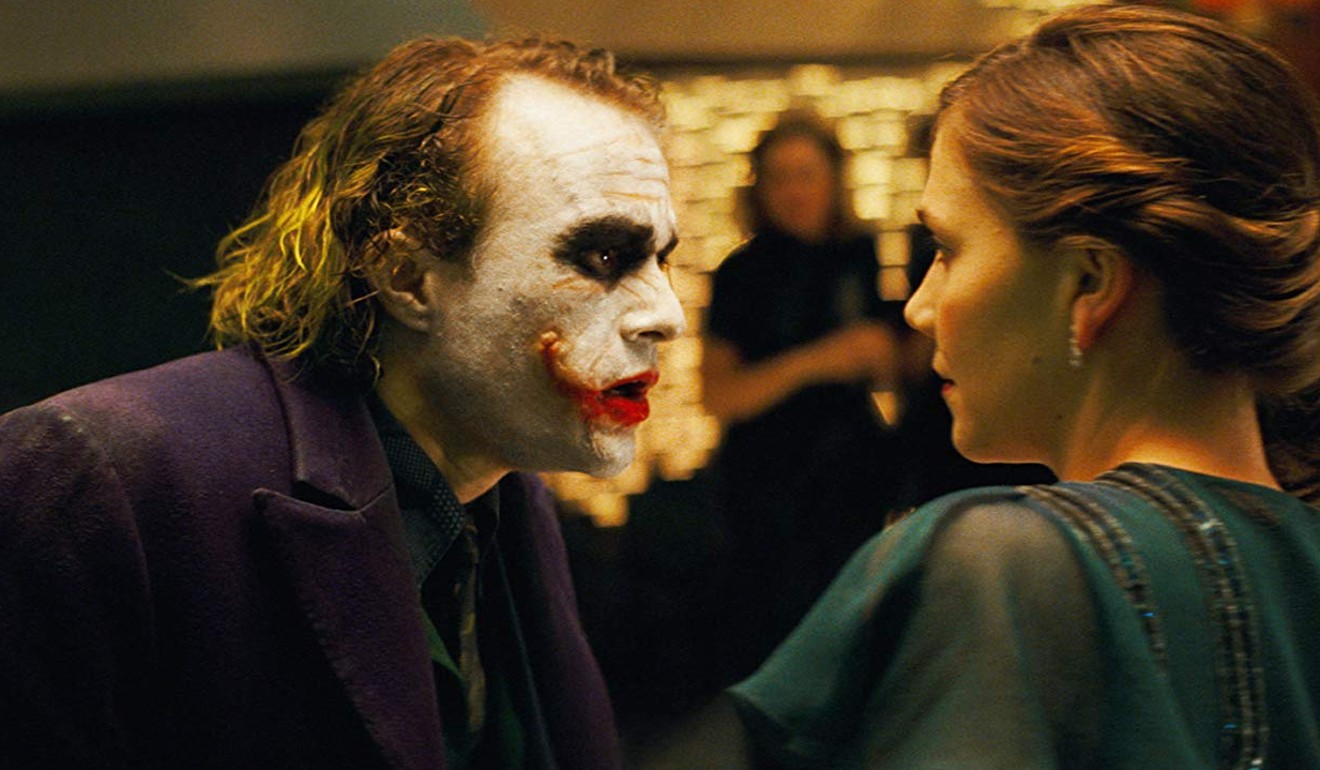
The critical scene is when our hero apprehends mob accountant Lau, leaping off the top of Two International Financial Centre – the city’s tallest building at the time – to capture the crook. In another scene, Morgan Freeman and Christian Bale converse on the iconic Mid-Levels escalators, as Hongkongers mill around in the background.
With panoramic nightscapes and death-defying stunts, Nolan’s blockbuster captured Hong Kong as a city of glossy skyscrapers and a skyline that never stops glimmering.
Contagion (2011)
Inspired by international viral outbreaks, including the severe acute respiratory syndrome (Sars) epidemic in 2003, Steven Soderbergh’s all-star thriller looks at what happens when the world is hit with a viciously indiscriminate pandemic.
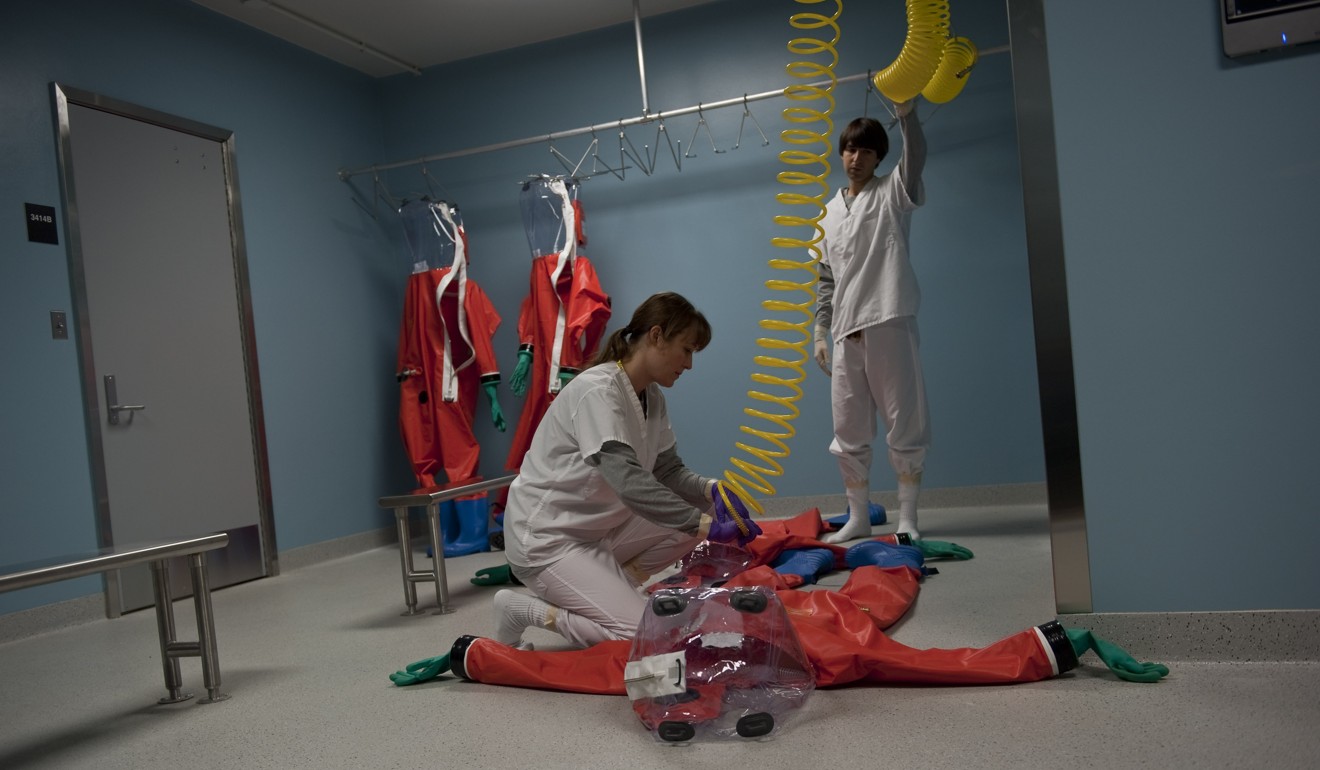
“Patient zero”, played by Gwyneth Paltrow, becomes infected while dining in a casino, shot at the Jumbo Floating Restaurant in Aberdeen Channel. Princess Margaret Hospital, Shek O Bus Terminus, the InterContinental Hotel, the Star Ferry and Hong Kong International Airport also feature.
While critics and audiences praised the film, many Hongkongers were unhappy that their city was so intricately tied to the birth and spread of the pandemic.
Transformers: Age of Extinction (2014)
On June 19, 2014, Transformers: Age of Extinction became the first Hollywood blockbuster to bring the international red carpet to Hong Kong. While the movie received negative reviews from critics, it was the highest-grossing film of 2014, making more than US$1.1 billion worldwide.
Hong Kong took a battering in the film with scenes of destruction played out on screen as the giant robots waged battle on the city’s streets.
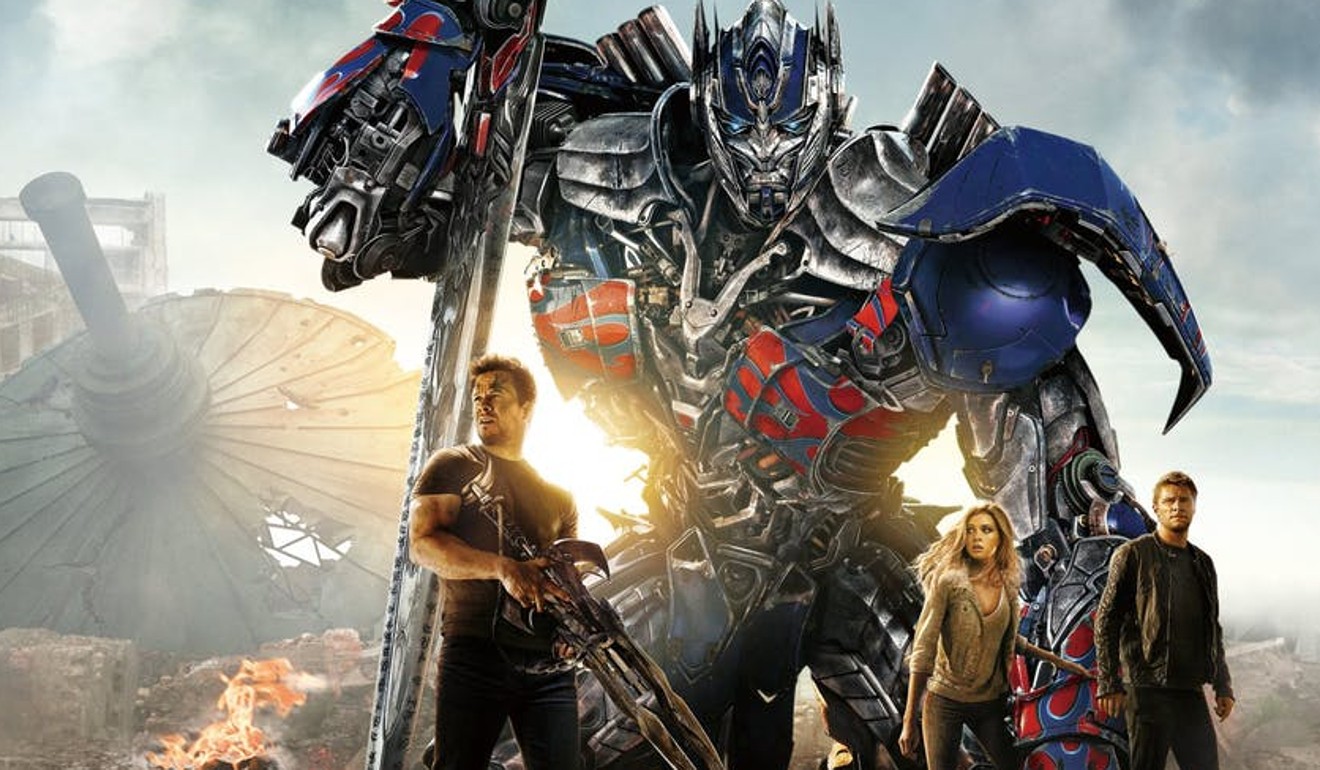
In this fourth instalment of Michael Bay’s franchise series, Quarry Bay, To Kwa Wan, Sham Shui Po and Central were key to the final fight scene.
There was little respect for geographic logic in the thrilling final Autobot-versus-Decepticon battle, which trashed the city – apartment scenes from the iconic Oceanic Mansion and panoramas of Hong Kong’s mountainous landscape were all part of the indiscriminate pillaging.

